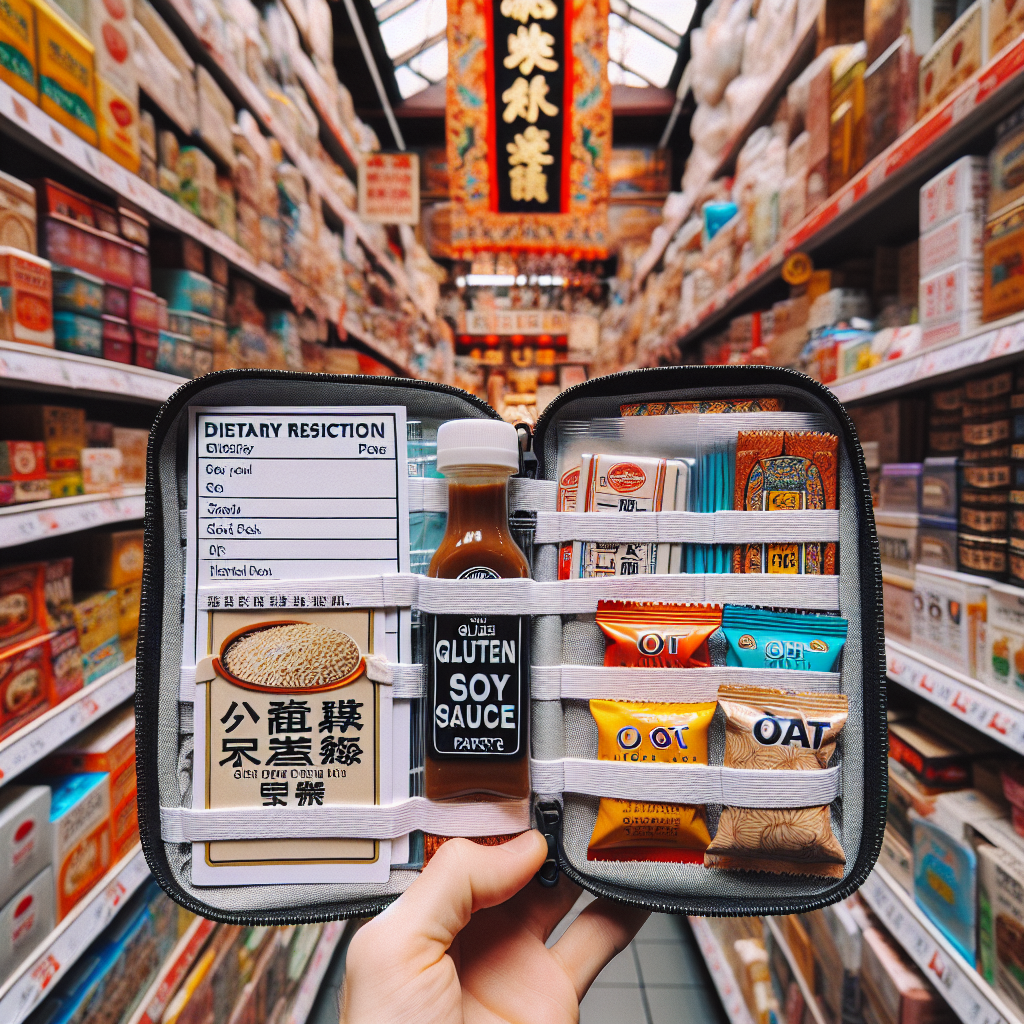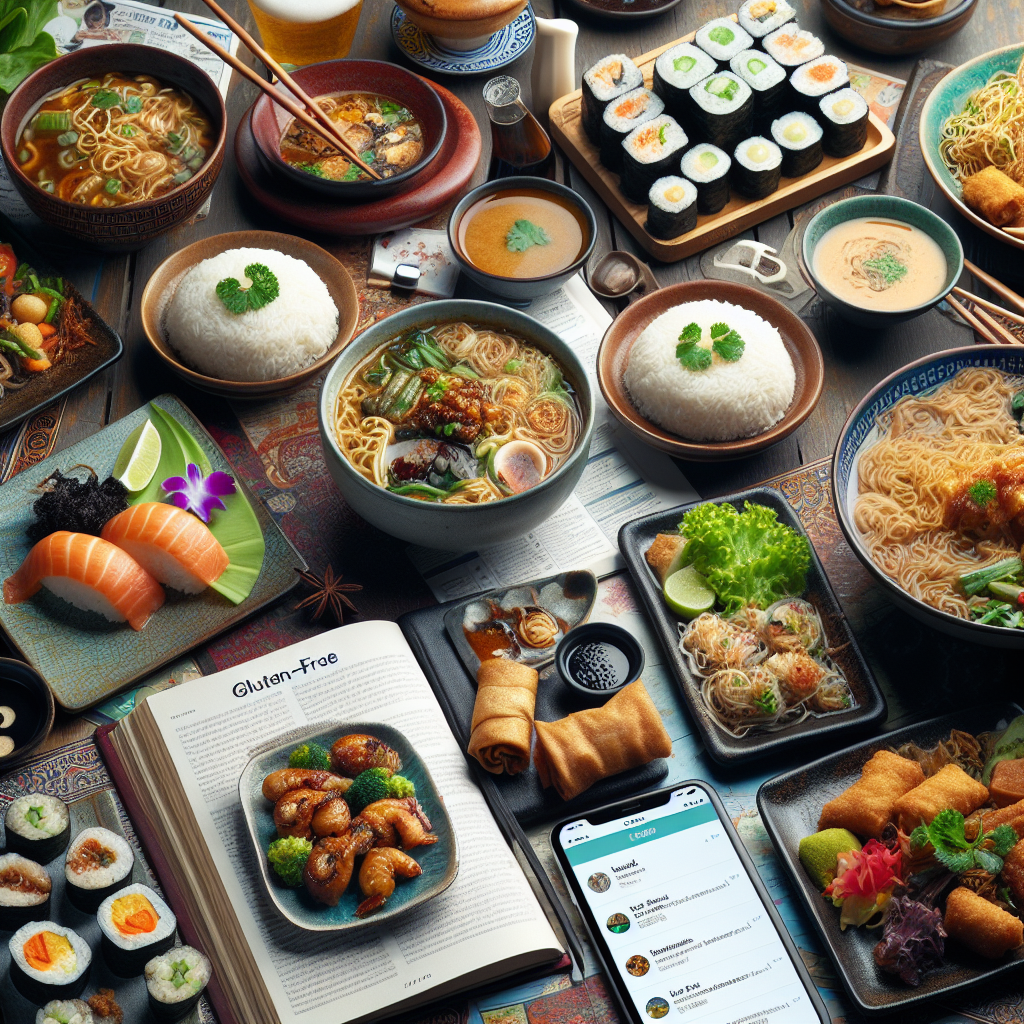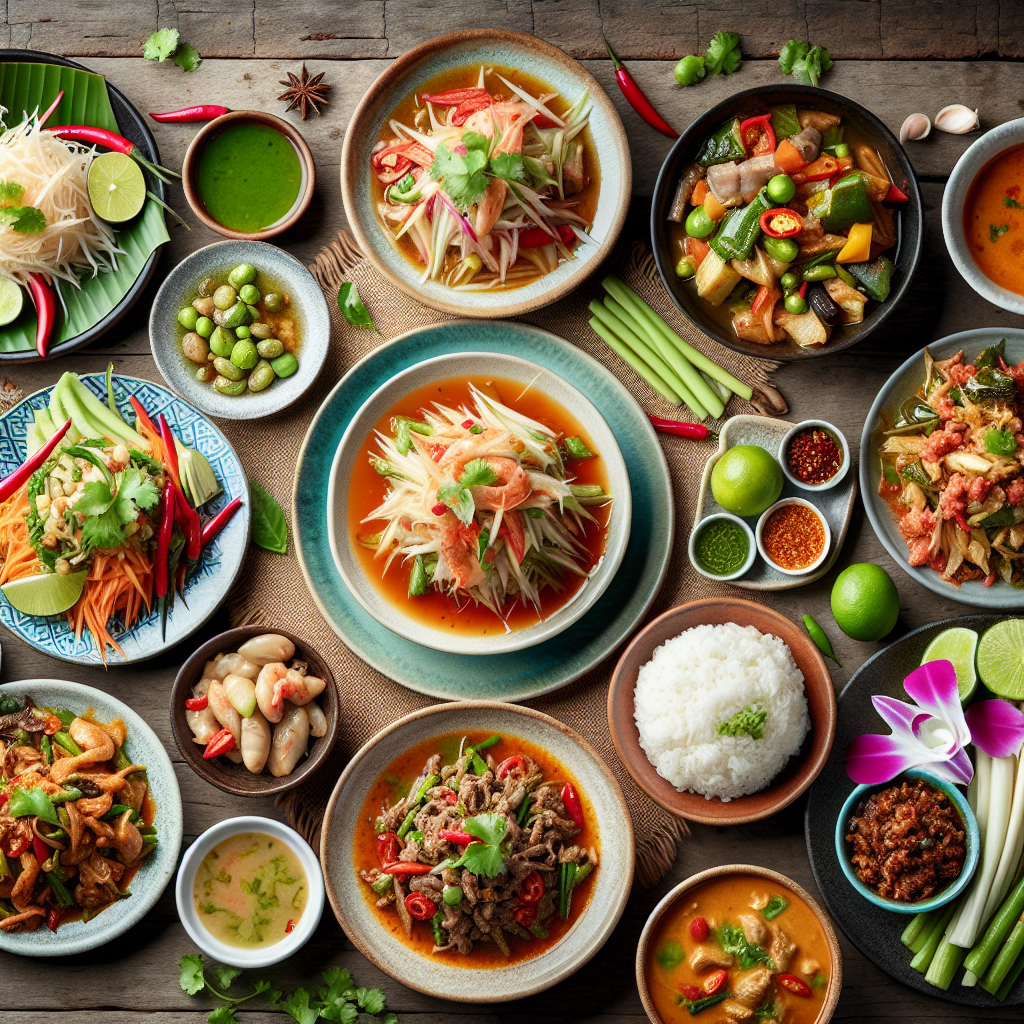
1. Leverage Digital Menu Apps
When you’re navigating a new place, digital menu apps can be your best ally. Apps like “Find Me Gluten Free” offer a comprehensive list of restaurants with gluten-free options, which is particularly handy in bustling Asian metropolises. In cities like Bangkok, Tokyo, and Singapore, there’s a growing recognition of gluten intolerance, and you’ll find eateries that cater specifically to those dietary needs. These apps also have features to translate your dietary restrictions into the local language, which is incredibly helpful. You can simply show your phone to the restaurant staff, eliminating any language barrier issues and ensuring that your meal is safe for you to enjoy.

2. Stay at Serviced Apartments or Accommodations with Kitchenettes
Freedom in your dining choices becomes a reality when you stay at places like Airbnb accommodations or serviced apartments, such as those offered by The Ascott Limited. With your own kitchen, you can visit local markets and select fresh ingredients to cook meals that you know are gluten-free. This option is particularly useful in cities like Kuala Lumpur and Hong Kong, where there’s a wide variety of serviced apartments available. It offers peace of mind and the enjoyment of cooking with local produce, all while adhering to your dietary restrictions.

3. Pre-plan Your Culinary Adventures
Before you set out on your trip, take some time to research gluten-free friendly restaurants. This will save you the stress of having to find suitable dining options on the spot. In Japan, for example, the Little Bird Café in Tokyo is known for its gluten-free offerings. In Vietnam, Kỳ Ống Pub & Restaurant in Saigon is another great choice for gluten-free dining. Utilize resources like Tripadvisor and HappyCow to find and compile a list of these restaurants, which will make for a stress-free and delicious time through Asia.

4. Educate Yourself on Local Gluten-Free Dishes
Understanding the local food scene can be incredibly advantageous. Many Asian cuisines offer dishes that are naturally gluten-free. In Thailand, for instance, you can enjoy som tam (papaya salad), larb (meat salad), and a variety of coconut milk-based curries, which are typically free of gluten. However, it’s important to remain vigilant and ask about ingredients, as sometimes gluten-containing elements like soy sauce can find their way into recipes. Your awareness and knowledge can lead to delightful culinary experiences without the worry of gluten exposure.

5. Pack Your Essentials
A gluten-free travel kit can be a lifesaver when options seem limited. Essential items to pack include gluten-free soy sauce packets, snack bars, oat packets, and a card explaining your dietary restrictions in the language of your destination. In many Asian cities, you can replenish your supplies at local supermarkets like Village Grocer in Malaysia or Isetan in Tokyo, which stock a range of gluten-free products. Having these items on hand means you’re never too far away from a safe and satisfying snack or meal.

